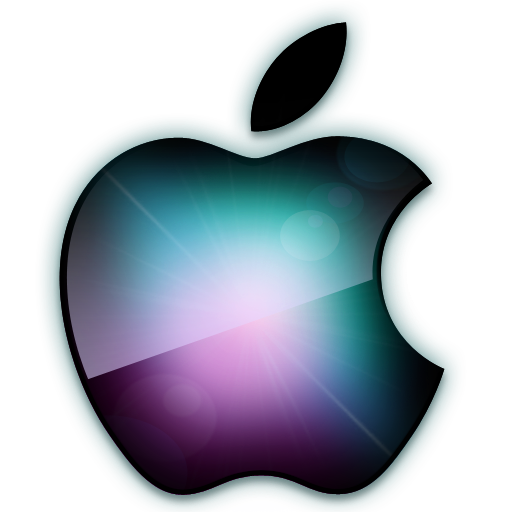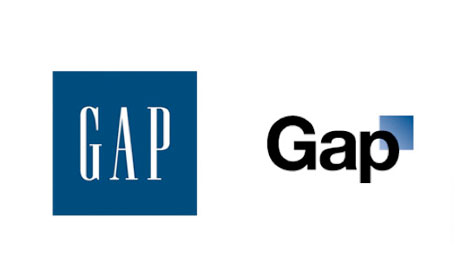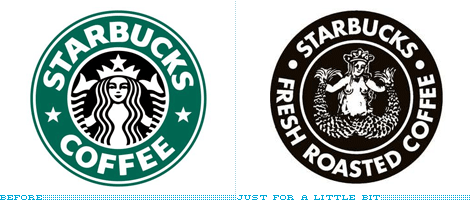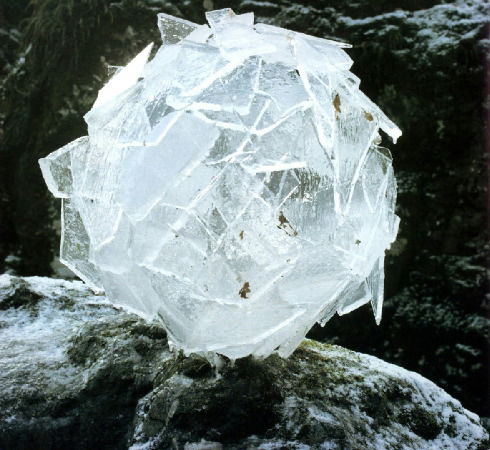 Last Thursday in Design 001, we spent most of the class period watching the excellent documentary film Objectified, logo at the left, with the purpose of discussing form and content. Objectified is an exploration of the many everyday objects we see, touch, and use all the time, but rarely stop to think about - and, by extension, an exploration of the people who make them.
Last Thursday in Design 001, we spent most of the class period watching the excellent documentary film Objectified, logo at the left, with the purpose of discussing form and content. Objectified is an exploration of the many everyday objects we see, touch, and use all the time, but rarely stop to think about - and, by extension, an exploration of the people who make them. There are two elements at work, here; the form and content of the film itself, and the ideas about form and content and how they should interact discussed by many of the designers interviewed; both intersect in two key ideas, expressed again and again throughout the film. Summarized, they are as follows:
Design is the quest for form.
Form should be determined by content.
The form of the film is structured around the close-ups. Shots focused in on the objects we might otherwise have ignored in favor of looking at the people who hold them or use them are emphasized heavily. The form - the style and methods of the work - is determined by its content - the main idea, the core of a work. In this case, that core is the everyday objects - the designed.
For me, the part of the film that makes this clearest are the interviews with Dieter Rams, former Design Director at Braun Kronberg, and Jonathan Ive, VP of Industrial Design at Apple.
 |
| A sample of Rams work, the Universal Shelving System. |
Rams, in his interview, described his 10 commandments of design, reproduced here to ensure that I never misplace them.
Good design ...
... should be innovative
... should make a product useful
... is aesthetic design
... will make a product understandable
... is honest
... is unobtrusive
... is long-lived
... is consistent in every detail
... is environmentally friendly
... is as little design as possible
Rams went on to explain that the only company he felt was operating according to his principles was Apple. And he has an excellent point; is there anyone else in the computing world who knows better than Apple that the form of a thing should be determined by the content, the core, of the thing itself? Almost nothing about the Apple line appears arbitrary or forced; everything is calculated to, as Jonathan Ive put it, get the design out of the way. The results are nothing short of beautiful. Gentle curves and sleek lines give a feeling of symmetry, the aluminum case is both durable and aesthetically pleasing, and the construction process economizes that aluminum to minimize waste.
Let me be clear about something; I'm a PC, I know my way around Windows. But I appreciate good design at work, and that, more than anything else, is what Apple has over every one of its competitors.
The message of Objectified seems to be that form should be derived from the function of an object; that design is the process of finding the form best suited to content.

















